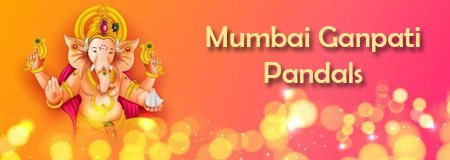Maa Chinnamasta Temple Bishnupur
Maa Chinnamasta Temple- Bishnupur
Maa Chinnamasta Mandir, also known as Chhinnamasta, is a Hindu temple located in Bishnupur, Bankura district, West Bengal. Dedicated to Goddess Chinnamasta, one of the ten Mahavidyas, the temple boasts stunning architecture.
Maa Chinnamasta is a Hindu goddess, often depicted as one of the forms of Devi, the supreme feminine power in Hinduism. She is also known as Chinnamastika or Prachanda Chandika.
The word Chhinnamasta is comprised of two words, viz. Chhinna and Masta. The word Chhinna means “severed,” and Masta means “the head”. Therefore, Chhinnamasta means “the one with a severed head”.
The temple was built in the 17th century by the Malla kings of Bishnupur. The temple is known for its unique architecture and intricate carvings. The main attraction of the temple is the statue of Chinnamasta, which depicts the goddess beheading herself with her own sword, while three streams of blood spurt out of her neck.
Maa Chinnamasta Story
One legend, attributed to the Narada-pancharatra, tells how once, while bathing in Mandakini river, Parvati becomes sexually aroused, and turns black. At the same time, her two female attendants Dakini and Varnini (also called Jaya and Vijaya) become extremely hungry and beg for food. Though Parvati initially promises to give them food once they return home, the merciful goddess beheads herself with her nails and gives her blood to satisfy their hunger.
Later, they return home after Parvati rejoins her head.
The main shrine has the idol of the goddess without head, standing on bodies of Kamdev and Rati in the lotus bed. Three spurts of blood can be seen oozing out of the beheaded goddess who is holding her own head in one hand and in other she has a sharp weapon.
According to Hindu mythology and Tantric tradition, Goddess Chinnamasta severed her own head as a symbol of self- sacrifice and spiritual enlightenment. The act of cutting off her own head represents the transcendence of the ego and the physical body, as well as the attainment of higher consciousness.
It also symbolizes the idea of egolessness and the realization of the ultimate truth beyond individual identity. It signifies the shedding of attachments, desires, and limitations of the mortal self in order to attain spiritual liberation.














